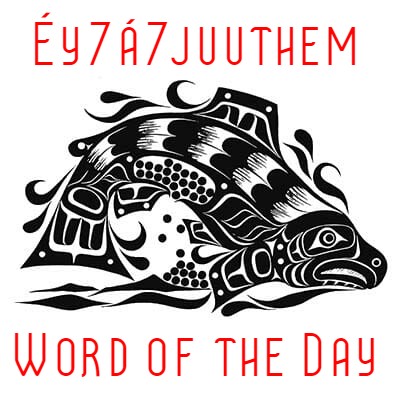
Indigenous women now account for half of the female population in federal penitentiaries
Indigenous women now account for half of the female population in federal penitentiaries, a state of affairs Canada’s prison ombudsman, Correctional Investigator Ivan Zinger calls “shocking and shameful.”
As of last week, federal prisons held 298 non-Indigenous women and 298 Indigenous women. This is the first time the ratio has reached 50/50, said the ombudsman, adding that one out of every 20 women in Canada is Indigenous.
Ottawa has made countless pledges over the years to address the issue of Indigenous overrepresentation in prison. In its 2001 Speech from the Throne, the Chrétien government vowed to eliminate the disparity within a generation. Indigenous imprisonment soared under the Harper government, which introduced a series of mandatory minimum sentences that criminologists have said had a disproportionate impact on Indigenous people.
In 2021, Prime Minister Justin Trudeau’s mandate letters directed the Ministers of Justice and Public Safety to address the overrepresentation issue. But the trend has defied all government efforts to reverse it.
In 1999, the year the Supreme Court of Canada’s landmark Gladue decision declared that the overrepresentation of Indigenous people in prisons constituted “a crisis in the Canadian criminal justice system,” Indigenous men and women together made up 12 per cent of the country’s federal inmates. Now, they make up 32 per cent.
These figures do not account for Indigenous people who are inmates in provincial jails.
Once involved with the courts, Indigenous people tend to receive higher security classifications and lower reintegration scores than non-Indigenous inmates, reducing their chances of serving parts of their sentences outside high-security prisons. People with lower risk assessments might be allowed to serve out some of their time in less secure facilities, where inmates typically have more freedom and better quality of life.

 Campbell River Partners With Local Developers On Reimagining The Row
Campbell River Partners With Local Developers On Reimagining The Row
 Public Safety Advisories Along Campbell And Puntledge Rivers
Public Safety Advisories Along Campbell And Puntledge Rivers
 CVRD Announces Agricultural Planning Coordinator And Steps For Implementing Comox Valley Agricultural Plan
CVRD Announces Agricultural Planning Coordinator And Steps For Implementing Comox Valley Agricultural Plan
 Campbell River Winter/Spring Recreation Registration Begins Today
Campbell River Winter/Spring Recreation Registration Begins Today
 Residents Urged To Stay Alert As Heavy Rain Continues On Vancouver Island
Residents Urged To Stay Alert As Heavy Rain Continues On Vancouver Island
